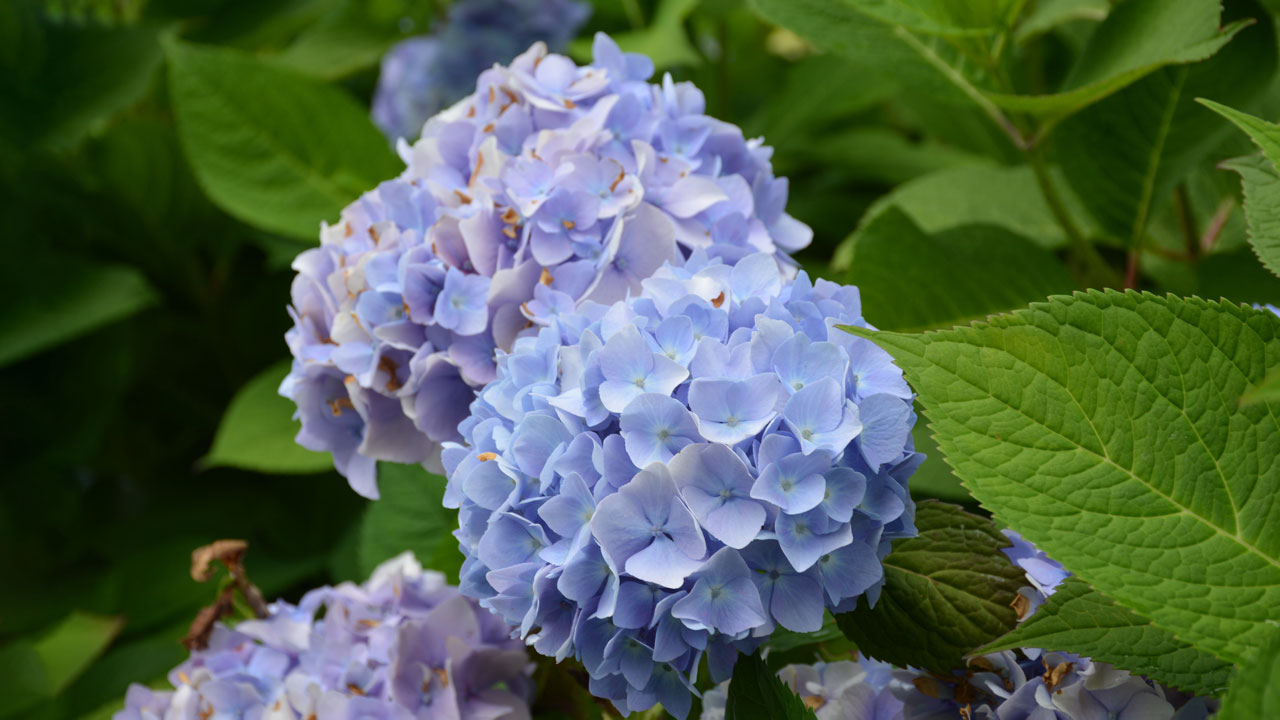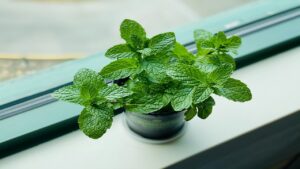Hydrangea On the Balcony, these are the Common Problems You Need to Avoid
For those who don’t have a garden at their disposal, growing beautiful plants on the balcony can be a satisfying alternative. Obviously, when this happens, the whole house benefits, giving it a completely different and vibrant ambiance. Of course, careful plant selection is crucial for balcony gardening. It’s best to choose plants that thrive in lots of sunlight. However, sometimes, plants may present certain problems even when grown on the balcony. An example of this is the hydrangea on the balcony. Let’s see the most common problems that are better to avoid.

Sun and water
As previously mentioned, for the balcony of your home, it would be better to choose plants that don’t mind direct sunlight. What about hydrangea? In reality, it’s preferable to position the hydrangea in a way that it can benefit from the early hours of direct morning light and then have some shade for at least half an hour. This alternating pattern helps the plant grow well and prevents the leaves from getting severely burnt. With this care, your hydrangea will flourish beautifully on the balcony.

Another element to pay attention to is the irrigation of the hydrangea. Although they can withstand dry conditions, we should ensure the soil is never completely dry. Hydrangea needs a lot of water, but it must not stagnate. Obviously, the choice of soil will be important, which must be draining. During summer, it’s best to water the plant at least every 2 days, and on very hot days, even more frequently. This will keep the hydrangea healthy and happy.

But one of the management problems of this plant could be its excessive growth. In fact, it can also become a very large bush. To address this, regular repotting is crucial. Repotting provides more space for the plant to grow and prevents the soil from becoming poor or too tightly packed. This way, the hydrangea can continue to thrive without any problems.





